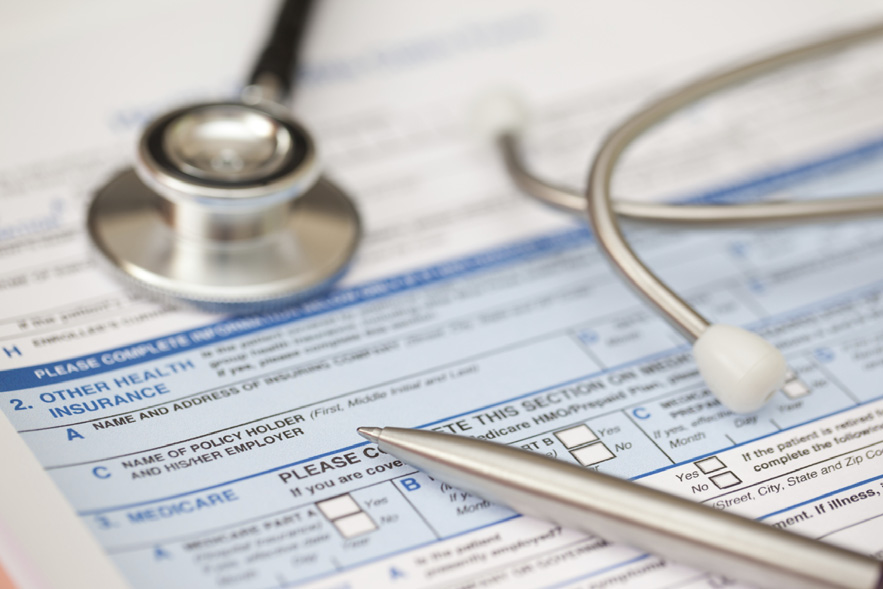On Sunday, December 27, 2020, the President signed the Consolidated Appropriations Act, 2021 (CAA), which includes (i) over $900 billion for pandemic-related relief, (ii) government funding of about $1.4 trillion, and (iii) myriad tax provisions. For those of you without the time to read all 5,593 pages of the legislation, you can read the 29-page summary prepared by the House Ways and Means Committee.
For now, let’s focus on the PPP.
The PPP came to us by virtue of the CARES Act, enacted on March 27, 2020. That legislation provided that loan forgiveness under a PPP loan is excludible from gross income, but it said nothing about expense disallowance. The IRS later announced on April, 30, 2020 and on November 18, 2020, that expenses related to loan forgiveness would not be deductible. See Notice 2020-32 and Rev. Rul. 2020-27. The effect of the IRS’s position was that the loan forgiveness amount would be taxable.
Section 276 of the CAA reverses the IRS’s position and guarantees that the loan forgiveness amount will not be included in taxable income for any borrower under a PPP loan. It states that deductions relating to loan forgiveness will be allowed and that the borrower’s tax basis and other attributes will not be reduced as a result of loan forgiveness. This provision is effective retroactively so it will cover all borrowers under a PPP loan who obtain loan forgiveness. It also provides the same tax-free treatment for so-called Second Draw PPP loans, i.e., PPP loans issued in the second round of the PPP that is expected to begin in January 2021 (sometimes referred to as PPP2).
The basis rule may affect some borrowers’ ability to use losses from a partnership or S corporation in 2020. Under the CAA, the tax-free income resulting from loan forgiveness is treated as tax-exempt income for purposes of §§705 and 1366, meaning that partners/S corporation shareholders can increase their outside basis by the amount of such income, and basis is required in order to claim flow-through losses. But the CAA does not address the timing of the basis increase – does it occur when the loan is forgiven or when the borrower has a reasonable expectation of forgiveness – the standard announced in Rev. Rul. 2020-27? No guidance is provided, so partners/S corporation shareholders with loss allocated to them in 2020 may not be able to use such loss until 2021 if that is the year in which the partnership/S corporation obtains loan forgiveness. Hopefully the IRS provides guidance on this issue in the near future.
Second Draw PPP loans will be issued to a narrower subset of borrowers than the first round of PPP loans, and the loan amounts will be capped at $2 million instead of $10 million. More to come on PPP2 in later articles, as well as the new rules for loan forgiveness on PPP loans of less than $150,000.
The CAA also provides an exclusion from gross income (and an exemption from expense disallowance where relevant) for other COVID-related grants:
- Economic Injury Disaster Loan (EIDL) advances, which were grants up to $10,000 per borrower that were made by the SBA in connection with EIDLs (§278 of the CAA)
- Certain grants for shuttered venue operators (§278 of the CAA)
- Certain emergency financial aid grants to college and university students (§277 of the CAA)
- Certain loans and loan repayment assistance provided by the CARES Act (§278 of the CAA)
Coronavirus Resource Center





